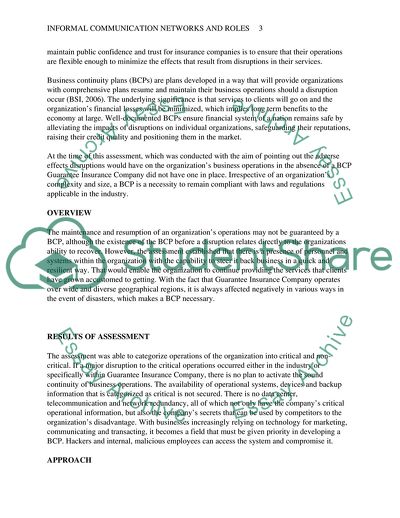Develop informal communication networks and roles in the workplace Essay - 1. https://studentshare.org/human-resources/1826493-develop-informal-communication-networks-and-roles-in-the-workplace
Develop Informal Communication Networks and Roles in the Workplace Essay - 1. https://studentshare.org/human-resources/1826493-develop-informal-communication-networks-and-roles-in-the-workplace.


